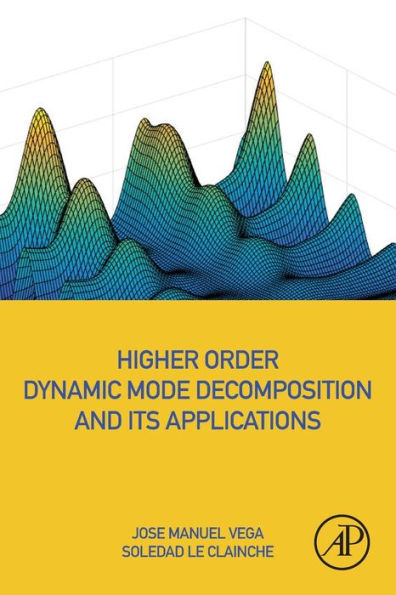5
1
9780128197431



Higher Order Dynamic Mode Decomposition and Its Applications available in Paperback, eBook

Higher Order Dynamic Mode Decomposition and Its Applications
- ISBN-10:
- 0128197439
- ISBN-13:
- 9780128197431
- Pub. Date:
- 09/22/2020
- Publisher:
- Elsevier Science
- ISBN-10:
- 0128197439
- ISBN-13:
- 9780128197431
- Pub. Date:
- 09/22/2020
- Publisher:
- Elsevier Science

Higher Order Dynamic Mode Decomposition and Its Applications
$160.0
160.0
In Stock

Product Details
| ISBN-13: | 9780128197431 |
|---|---|
| Publisher: | Elsevier Science |
| Publication date: | 09/22/2020 |
| Pages: | 320 |
| Product dimensions: | 6.00(w) x 9.00(h) x (d) |
About the Author
What People are Saying About This
From the B&N Reads Blog
